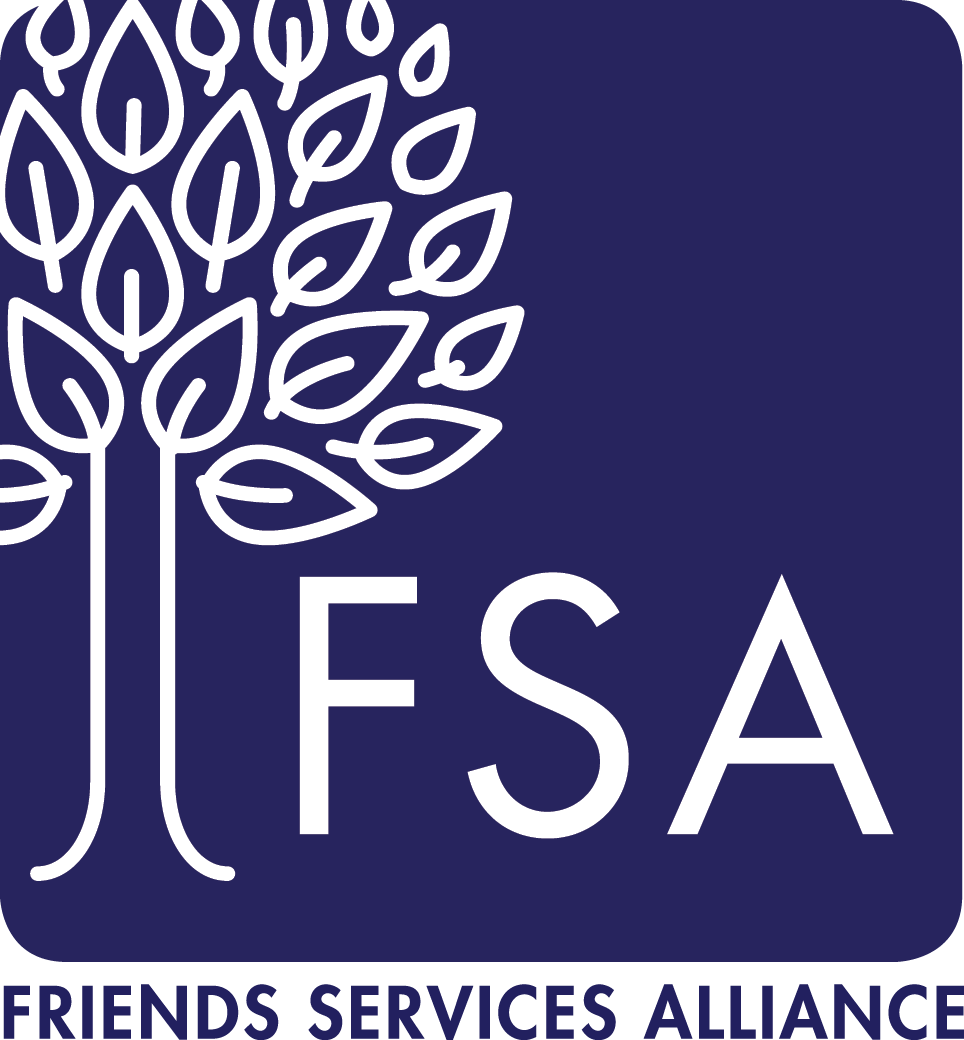The first Essential Element of an Effective Compliance and Ethics Program is the design of Policies and Procedures and the Code of Conduct. These are the fundamental documents that will establish a Compliance Program that demonstrates an organization’s ethical practices and a culture of compliance.
“Is the (organization’s) compliance program well designed?”
This is one of three questions asked by the Department of Justice (6/2020) that would be considered in the potential prosecution of an organization for misconduct. If the answer is yes, it could contribute to a positive outcome for the organization. This illustrates how important it is to design a strong Compliance and Ethics Program, starting with the Code or Standards of Conduct and comprehensive policies and procedures that support the Code and the implementation of a compliance program.
The Code of Conduct sets the stage for a healthcare organization’s commitment to compliance and should incorporate the mission, vision, and values of the organization. It is meant for all employees of the organization as well as all associated entities, including the Board of Directors, contractors, vendors and volunteers. The Code should be written in a manner that is understandable to everyone, while conveying a system-wide emphasis on compliance with all applicable laws and regulations. It should indicate that compliance with the standards will be enforced through disciplinary procedures. The Code of Conduct should provide a basis for decision making that encourages everyone to do the right thing. It should be a part of orientation for new employees and board members, as well as incorporated into the contracting process and other arrangements. All employees should receive a copy of the Code of Conduct upon hire. Annual training is required for updates and as a reminder that these are the expectations for ethical behavior.
The policies and procedures of a Compliance Program should support the Code of Conduct and the implementation of the compliance program. They should also reflect the various lines of business and risk that the organization engages in. The policies should include basic legal principals related to the business of the organization. For example, this would include the 60 Day Repayment Rule, the False Claims Act, Anti-Kickback and Stark Rules. Although there may be some variation based on each organization's culture and processes, the following areas should also be included in the compliance policies and procedures:
- Regulatory requirements
- Documentation requirements
- Internal and external compliance audits
- Non-retribution and non-retaliation
- Confidentiality
- Hotline
- Privacy
- Conflict of interest and self-disclosure
- Sanction Screening for Medicare and Medicaid
- Gifts and gratuities
- Incentives, and discipline of employees
- Billing issues (including errors, coding, overpayment, waivers of copayments/deductibles)
- Interactions with outside entities
- Record retention
- The compliance role in quality of care
- Compliance governance
The compliance policies and procedures should be reviewed annually, to assure that changes in regulation and law are updated. These documents should also be updated to include any new service lines. The compliance policies and procedures should be accessible to all staff. One way to organize compliance materials is to have a Compliance Operations Manual, either electronically or on paper, that includes the Code of Conduct, policies and procedures, and all related forms.
References:
Debbie Troklus & Greg Warner, Compliance 101, 3rd Edition, Health Care Compliance Association, 2011.
U.S. Department of Justice Criminal Division Evaluation of Corporate Compliance Programs, Updated June 2020.
Friends Services Alliance (FSA) is a national professional association of values-aligned organizations that serve seniors. Our support services include a team of Compliance and Risk Management experts who have supported organizations in developing and maintaining effective Compliance and Ethics Programs for more than 20 years.
This article is the second of a series that explores the Essential Elements of an Effective Compliance and Ethics Program. To read the first article, click here. Our next article, which will be available in August, will focus on the Compliance Officer and Committee.




